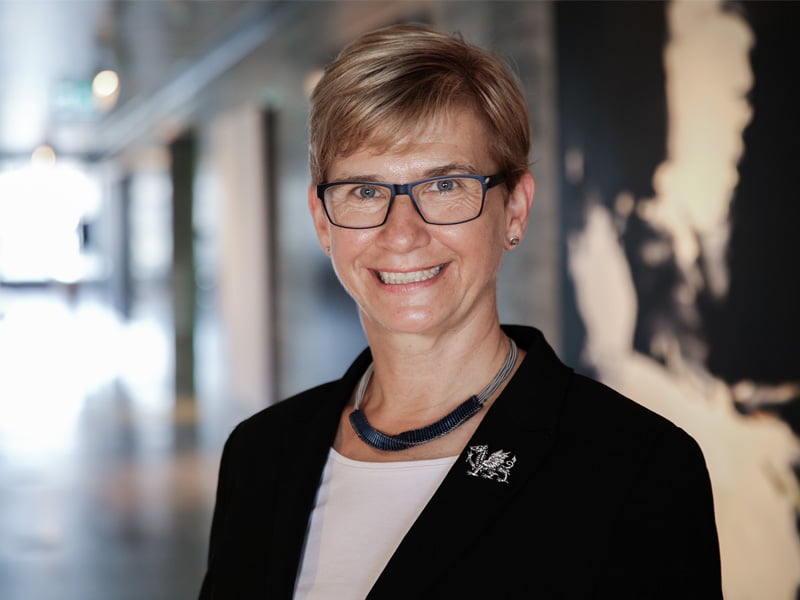The departure of cybersecurity leader Lynwen Connick from the department of Prime Minister and Cabinet will leave a huge gap in public service capability, if not also in energy and personality.
The ANZ announced this week that Ms Connick would join the bank as its Chief Information Security Officer, reporting to Group Executive Technology, Gerard Florian.
As the lead author of the Australian Cyber Security Strategy released last year, and after a career in operational cyber roles within the Australian Signals Directorate and the Defence Department, Ms Connick has a depth of experience not easily replaced.

The development of the Cyber Security Strategy had started under Prime Minister Tony Abbott, but refined and launched by Malcolm Turnbull. This document – which acknowledged for the first time Australia’s offensive cyber capability – will come to be seen as the foundation document that marks the sharp improvement of Australia’s cyber industry.
Ms Connick’s recruitment by the ANZ is demonstrative of the challenges Australia faces in finding senior cyber talent. This is a particular issue for government, which cannot match private sector salaries (although it inarguably presents the more fascinating and challenging cyber roles.)
But it also demonstrates a component of the Turnbull Government’s Cyber Security Strategy that sought not only tighter collaborations on cyber between the public and private sectors, but also a more porous demarcation between the tow, to allow for the best and brightest to move more easily between the two.
In addition to Lynwen Connick, Prime Minister & Cabinet lost another of the Cyber Security Strategy author’s last year when Michelle Price moved to the ANU’s National Security College.
Ms Price has subsequently been recruited as Chief Operating Officer at the Australian Cyber Security Growth Centre under CEO Craig Davies, the former Atlassian cyber chief hired to the role late last year.
The ACSGC was created as a National Innovation and Science Agenda (NISA) initiative and was a key measure of Australia’s Cyber Security Strategy.
Prime Minister & Cabinet dismisses the suggestion that its cyber focus is diminished, even if its organisational chart now sees Sandra Ragg as the singlular senior policy officer under the Prime Minister’s special adviser on cybersecurity Alastair MacGibbon.
A department spokesman said yesterday that cyber remained an elevated priority within the portfolio, and that it had double the number of officers working on cyber security issues. The department remained the lead in Government on cyber issues.
“This reflects the importance Prime Minister places on cyber security as a whole of nation issue; one of national security and economic prosperity,” the spokesman said.
Meanwhile, Ms Connick starts the new role at the ANZ in March, where she will be responsible for ensuring the bank’s information security strategy evolves with the changing technology landscape and supports its digital transformation.
And between the private sector and government, there are more similarities than differences.
“There are more similarities than differences. We all need to be very vigilante about security when we’re doing things online,” Ms Connick said.
“But there are differences as well on what governments are worried about and what the corporate world is worried about. We have seen a lot of cyber espionage and a focus on national security in the government space, where cybercrime is a really important issue in the corporate world – particularly for the banks,” she said.
“And we have different tolerances for risk, and have different stakeholders.
“But in the end, we want the same things. We want our customers to be able to do what they want online, and to do it securely.”
Do you know more? Contact James Riley via Email.

